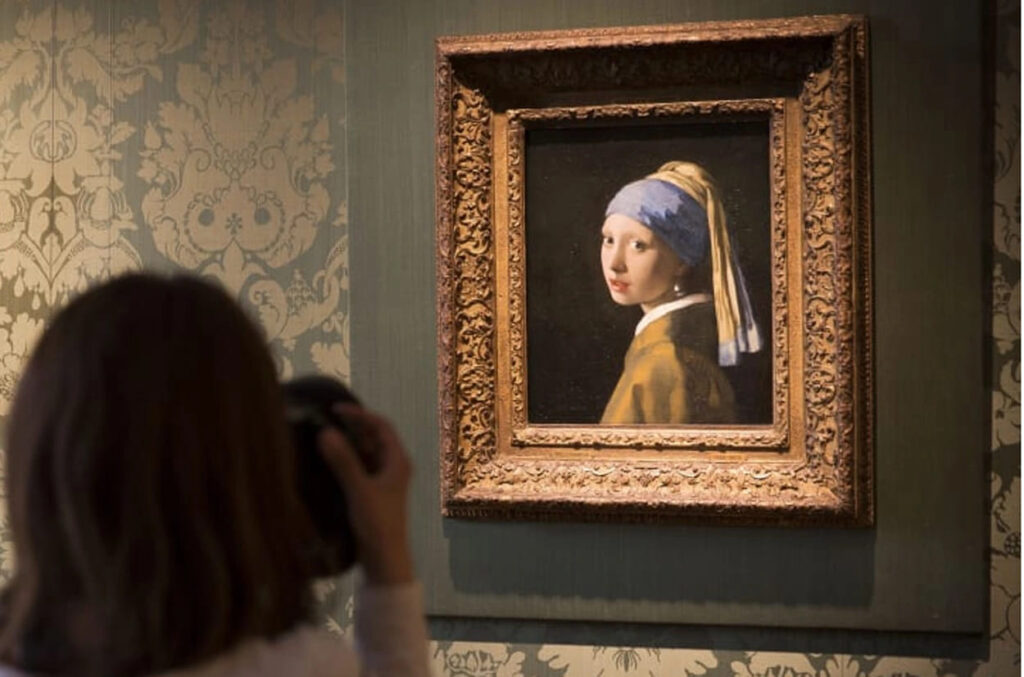Introduction to Famous Paintings
The world’s most famous paintings have shaped the history of art, captivating audiences with their beauty, mystery, and profound meanings. From Renaissance masterpieces to modern works, these paintings tell stories of human creativity and emotion. In this article, we’ll explore the top 10 most iconic paintings, delving into their history, hidden meanings, and why they remain cultural landmarks. Whether you’re an art enthusiast or simply curious, this guide will introduce you to the world’s most famous paintings that continue to inspire millions.
For those seeking to explore more art, check out the stunning collection at the Vietnam art gallery.
Famous Paintings – Timeless Icons of Art
What Makes a Painting Famous?
Famous paintings often gain recognition due to their historical context, artistic innovation, or cultural impact. For example, the Mona Lisa became legendary not only because of Leonardo da Vinci’s genius but also due to its enigmatic smile and a sensational theft in 1911. Other factors include:
- Artist’s Reputation: Names like Van Gogh or Picasso are synonymous with brilliance.
- Cultural Influence: Paintings like Guernica address societal issues, ensuring their lasting relevance.
- Media Exposure: Exhibitions, films, and social media amplify a painting’s fame.
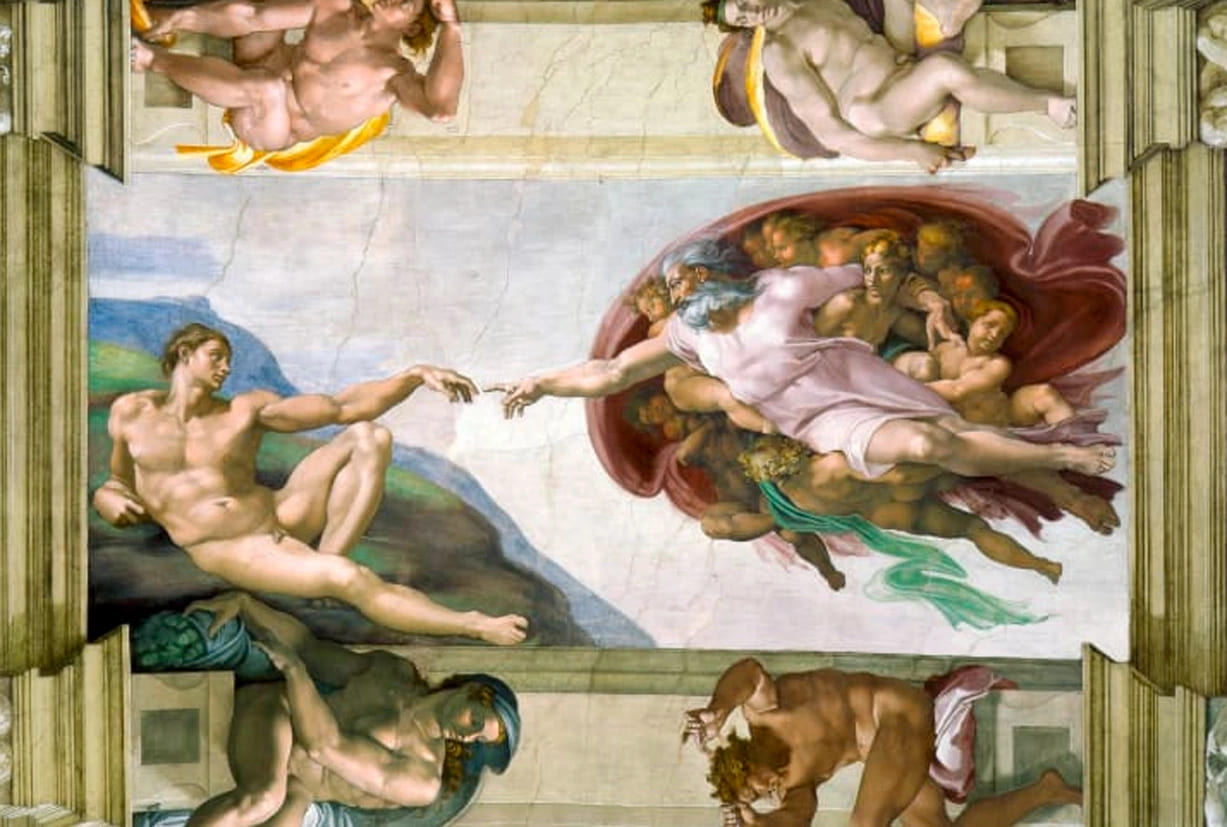
Who Created These Iconic Paintings?
Artists like Leonardo da Vinci, Vincent van Gogh, and Pablo Picasso have crafted masterpieces that define global art. Each brought a unique style:
- Leonardo da Vinci: Blended science and art in works like Mona Lisa and The Last Supper.
- Vincent van Gogh: Conveyed raw emotion in famous paintings like The Starry Night.
- Pablo Picasso: Revolutionized modern art with Guernica and Cubist works.
Top 10 Most Famous Paintings in the World
Here’s a curated list of the 10 most famous paintings, selected for their influence, historical value, and global appeal.
1. Mona Lisa – Leonardo da Vinci
- Year: 1503–1506
- Location: Louvre Museum, Paris
- Significance: The Mona Lisa’s enigmatic smile and piercing gaze make it a cultural icon. Its fame skyrocketed after a 1911 theft.
- Why Famous?: Valued at over $670 million (per Forbes), it’s the world’s most expensive painting and draws millions of visitors annually, as noted by VnExpress.
2. The Starry Night – Vincent van Gogh
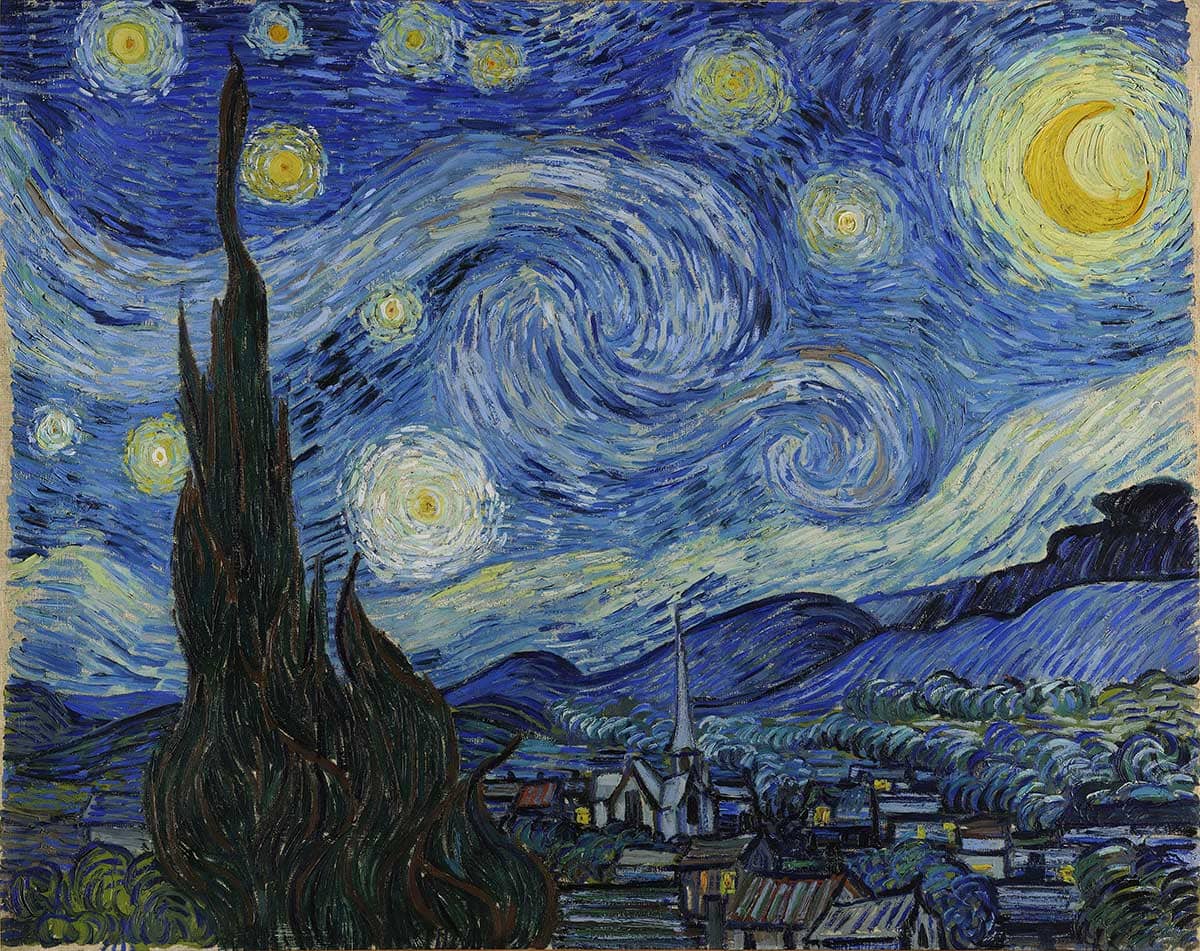
- Year: 1889
- Location: MoMA, New York
- Significance: One of Van Gogh’s most famous paintings, it captures intense emotions through a swirling sky over a serene village, reflecting the artist’s inner turmoil.
- Why Famous?: Its post-Impressionist style and vibrant colors make it a modern art icon.
3. Guernica – Pablo Picasso
- Year: 1937
- Location: Reina Sofía Museum, Madrid
- Significance: Depicting the horrors of the Spanish Civil War, this painting is a powerful call for peace.
- Why Famous?: Its Cubist style and anti-war message make it a timeless symbol of protest.
4. The Last Supper – Leonardo da Vinci
- Year: 1495–1498
- Location: Santa Maria delle Grazie, Milan
- Significance: Portraying Jesus’ final meal, this painting is renowned for its perfect composition and emotional depth.
- Why Famous?: Its religious and artistic impact is amplified in films and literature.
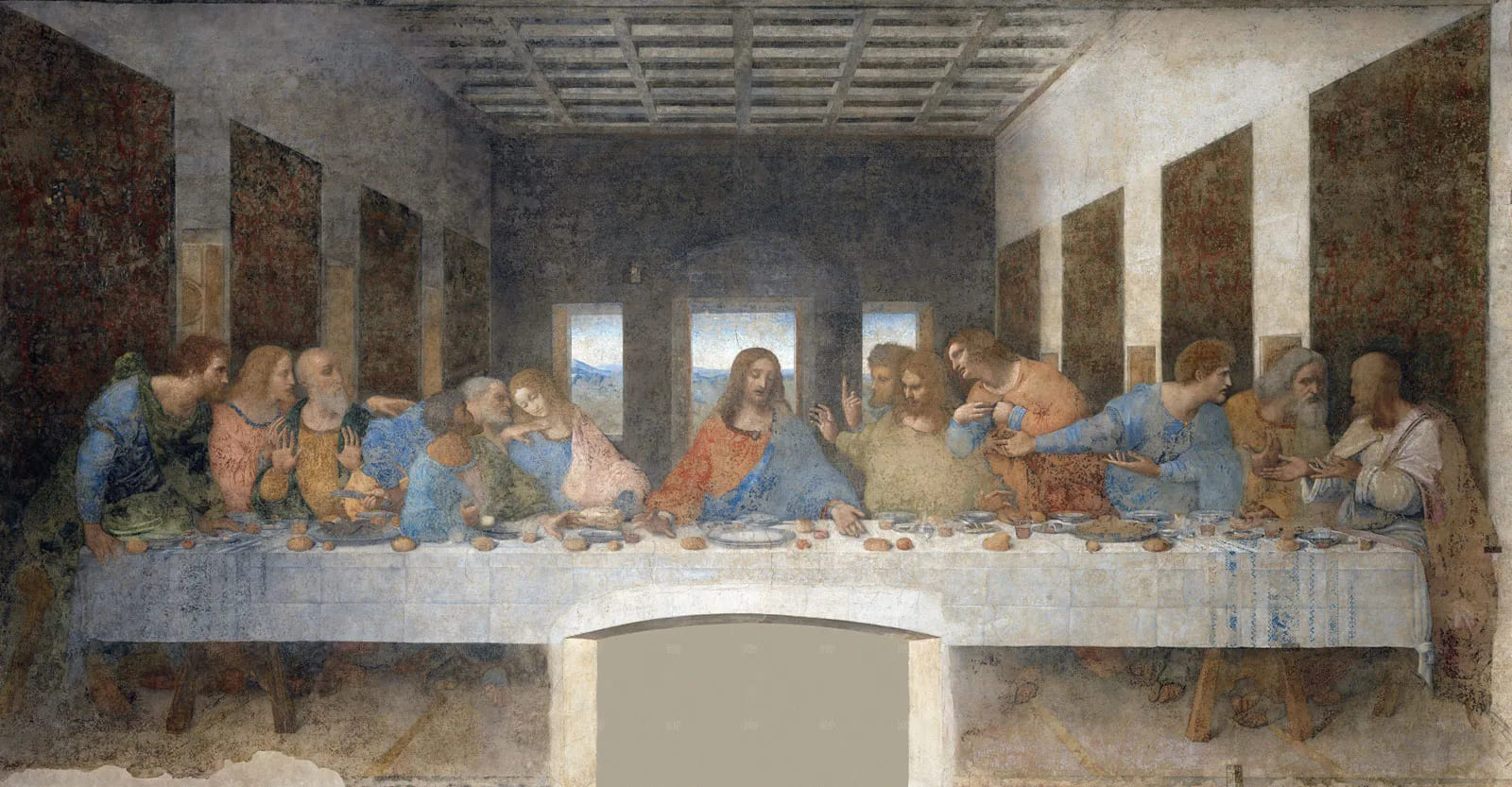
5. The Scream – Edvard Munch
- Year: 1893
- Location: National Museum of Norway, Oslo
- Significance: Expressing human anxiety and despair, this painting is a hallmark of Expressionism.
- Why Famous?: Its haunting face has become a pop culture icon.
6. The Birth of Venus – William-Adolphe Bouguereau
- Year: 1879
- Location: Orsay Museum, Paris
- Significance: Depicting Greek mythology, this painting celebrates classical beauty.
- Why Famous?: Its romantic style and depiction of Venus captivate viewers.
7. Girl with a Pearl Earring – Johannes Vermeer
- Year: 1665
- Location: Mauritshuis, The Hague
- Significance: Known as the “Mona Lisa of the Netherlands,” it shines with its use of light and intricate details.
- Why Famous?: The 2003 film adaptation boosted its global appeal.
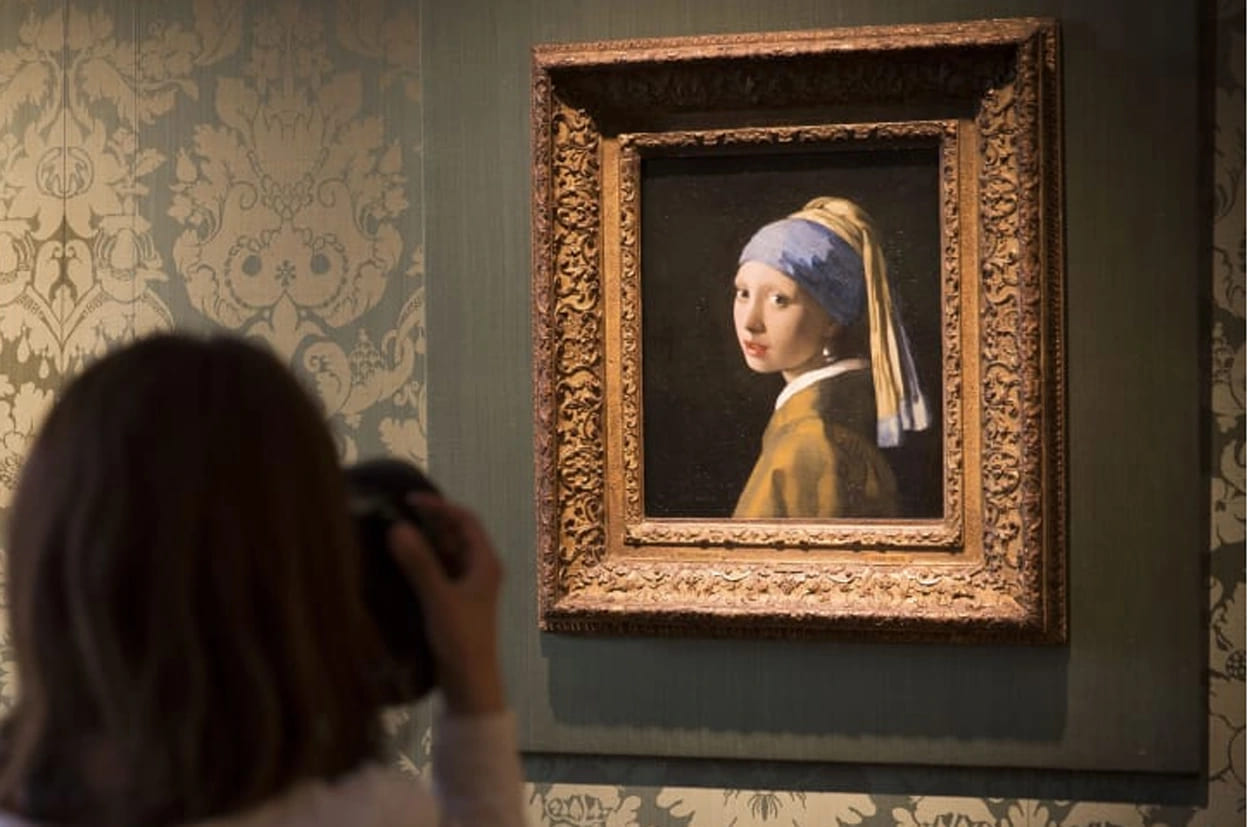
8. The Creation of Adam – Michelangelo
- Year: 1512
- Location: Sistine Chapel, Vatican
- Significance: Depicting God creating humanity, this painting is a pinnacle of Renaissance art.
- Why Famous?: Its iconic composition, especially the near-touching hands, is universally recognized.
9. Sunflowers – Vincent van Gogh
- Year: 1888
- Location: National Gallery, London
- Significance: One of Van Gogh’s famous paintings, it celebrates nature’s vibrancy.
- Why Famous?: Its bold colors and simplicity resonate widely.
10. The Kiss – Gustav Klimt
- Year: 1907–1908
- Location: Belvedere Museum, Vienna
- Significance: A symbol of love and intimacy, this painting uses gold leaf for a stunning effect.
- Why Famous?: Its Art Nouveau style and romantic allure make it a beloved masterpiece.
The Meaning Behind Famous Paintings
Why Are These Paintings Significant?
The world’s most famous paintings carry meaning beyond their beauty, rooted in their stories:
- Mona Lisa: Its mysterious smile sparks curiosity about the subject’s emotions.
- Guernica: A bold anti-war statement reflecting the pain of conflict.
- The Starry Night: Reveals Van Gogh’s complex psyche, evoking empathy.
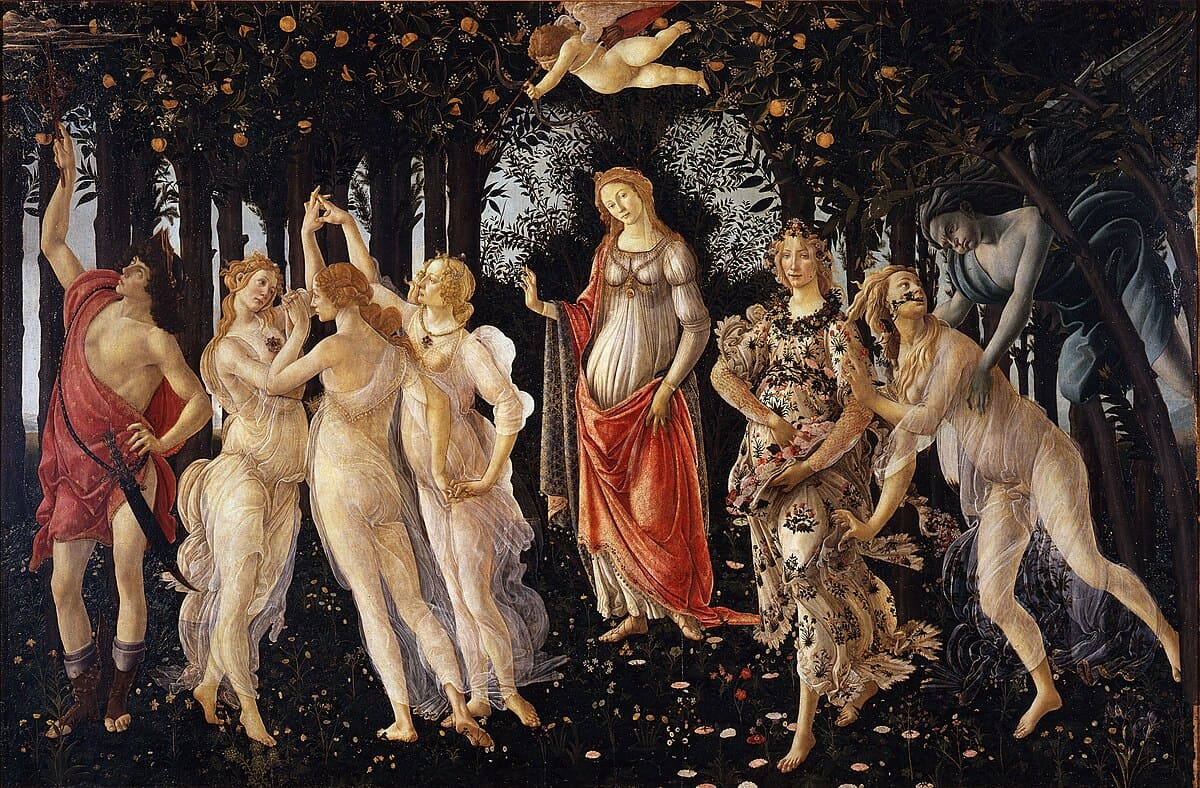
How to Understand a Painting’s Meaning?
To uncover the significance of famous paintings, try these steps:
- Explore Historical Context: Each painting is tied to a specific era or event.
- Analyze Techniques: Colors, composition, and style reveal the artist’s intent.
- Visit Museums: Experiencing works at places like the Louvre or MoMA offers deeper insight.
Famous Landscape Paintings
Which Landscape Paintings Stand Out?
Famous landscape paintings offer unique perspectives on nature. Notable examples include:
- The Starry Night (Van Gogh): A swirling sky blends chaos and beauty.
- Wheatfield with Crows (Van Gogh): A windswept field conveys solitude.
- Nocturne in Black and Gold (James Whistler): A mystical blend of realism and surrealism.
Why Are Landscapes Important in Art?
Landscapes do more than depict nature—they convey the artist’s emotions and ideas, making them integral to the world’s most famous paintings.
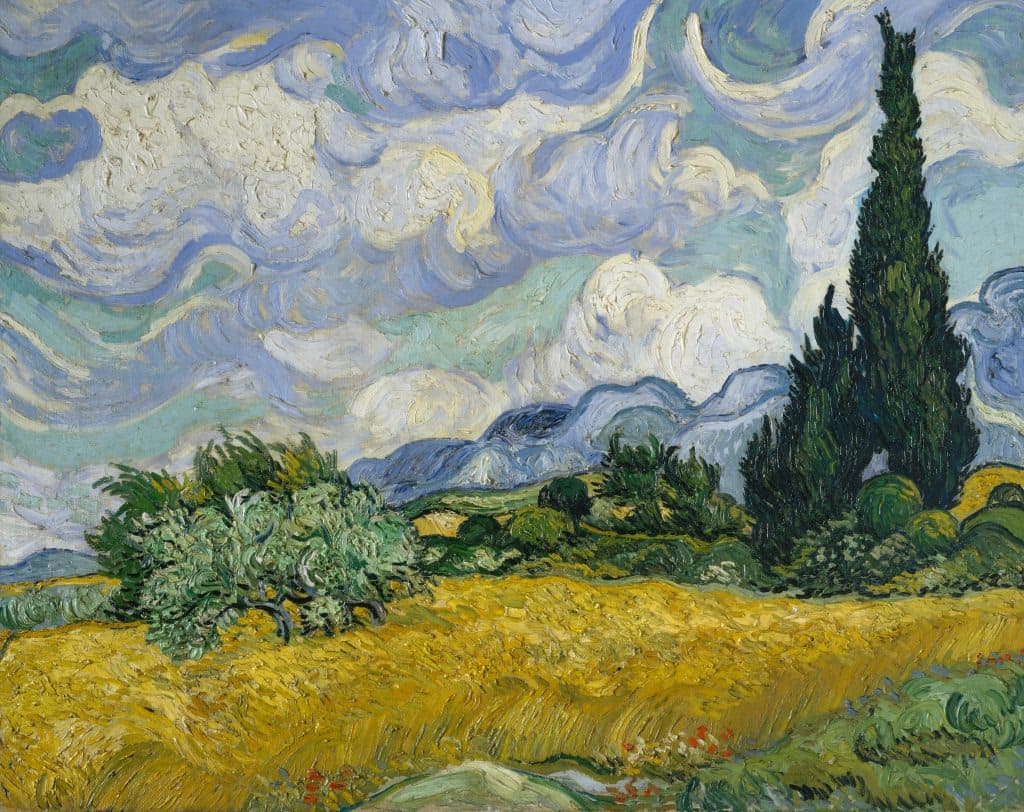
Famous Paintings Easy to Draw for Beginners
Which Famous Paintings Are Easy to Draw?
Beginners can try replicating these famous paintings:
- Sunflowers (Van Gogh): Simple colors and shapes make it accessible.
- The Scream (Munch): Expressive forms with minimal complex details.
- Tip: Find free prints on Wikimedia Commons or follow YouTube tutorials.
How to Draw Famous Paintings?
- Choose Basic Colors: Use acrylics or watercolors for easy blending.
- Focus on Composition: Sketch outlines first to maintain proportions.
- Practice Step-by-Step: Start with large shapes, then add shading and highlights.
Discover Famous Paintings Today
Famous paintings are more than art—they’re bridges to history, culture, and human emotion. From the Mona Lisa to The Starry Night, each tells a unique story. Visit museums like the Louvre or MoMA, or explore images on trusted platforms like Wikimedia Commons to admire them. You can even try painting a masterpiece yourself to connect with the creativity of legendary artists!

